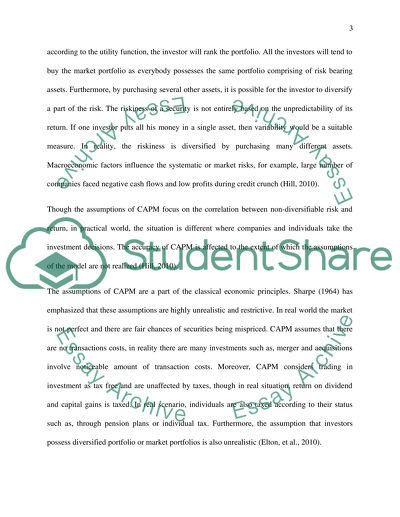Cite this document
(“Capital asset pricing model (CAPM) Essay Example | Topics and Well Written Essays - 1750 words”, n.d.)
Retrieved from https://studentshare.org/finance-accounting/1699070-capital-asset-pricing-model-capm
Retrieved from https://studentshare.org/finance-accounting/1699070-capital-asset-pricing-model-capm
(Capital Asset Pricing Model (CAPM) Essay Example | Topics and Well Written Essays - 1750 Words)
https://studentshare.org/finance-accounting/1699070-capital-asset-pricing-model-capm.
https://studentshare.org/finance-accounting/1699070-capital-asset-pricing-model-capm.
“Capital Asset Pricing Model (CAPM) Essay Example | Topics and Well Written Essays - 1750 Words”, n.d. https://studentshare.org/finance-accounting/1699070-capital-asset-pricing-model-capm.


